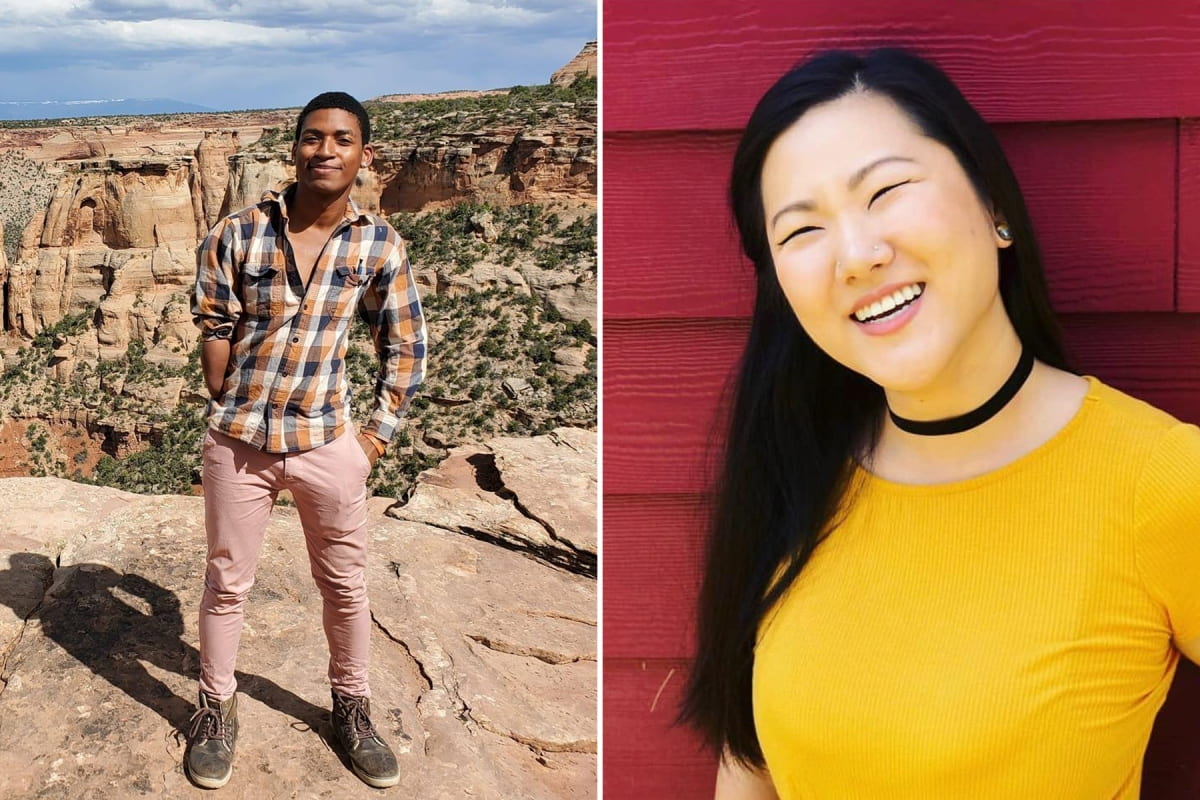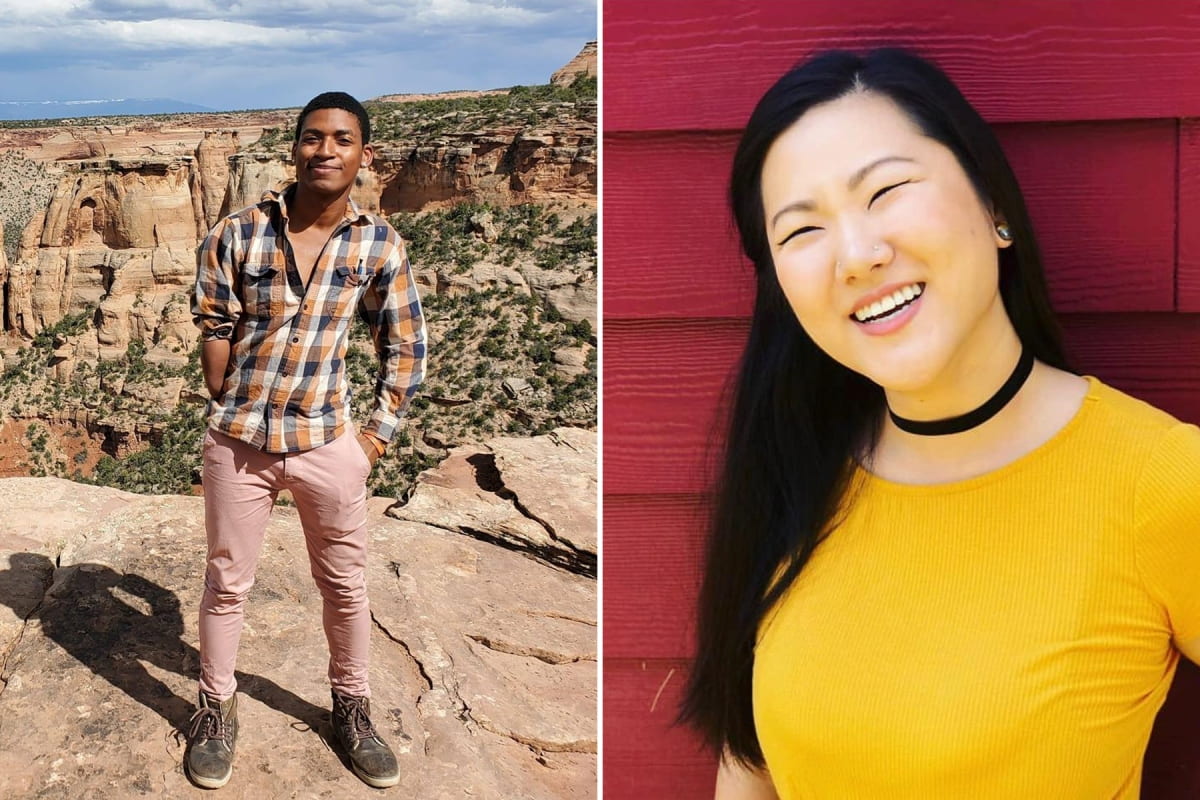Megan Vineberg – Editor-in-Chief
Broward College is committed to celebrating diversity through Social Justice Week which includes bringing awareness to those issues such as trafficking and missing persons cases of all kinds.
As reported by NBC Today, the Gabby Petito case raises an interesting question: Why aren’t we bringing attention to those colored and missing?
A national database of missing children who are Black, Indigenous, or a Person of Color (or BIPOC) exists online today to assist in the efforts to find these people, namely women and children going missing around the world. Still, no one has heard of them. NPR reports that in the last year as many as 100,000 Black women vanished without a trace.
Founded in 2008 by two Black women themselves, The Black and Missing Foundation raises awareness to those cases that receive little to no media attention.
Entertainment Journalist Erika Marie Rivers launched Our Black Girls in 2018 as an organization that centers around telling the stories of those women who were found dead under suspicious circumstances.
Rivers will go through the missing persons databases herself trying to dig up and piece together any information she can.
She will go through old news reels, and scour the internet for hours after she finishes her day shift.
She publishes on a nearly daily basis because it is not lost on her that she “could’ve been one of those girls. Anyone could. I don’t want to be just the latest person who writes about these girls and these women,” she says.
“I want there to be an end to their story or an end to this chapter, whether we find out what happened, whether somebody got justice, whatever it is.”
She adds, “I know that there are a lot of stories like that about girls and women who look like me, so why am I not seeing them as much as I’m seeing everything else? And then it became, why am I waiting for somebody else to pick up this banner when I’m the one who’s passionate about it? It’s not about asking for more attention or being in “competition” with white people. It’s about other groups getting the same attention as white victims and having their lives honored in the same ways. I’m talking about getting investigations up to par with what is already going on.”
Each piece published by Rivers provides perspective on who the girl was and how she is loved by many, provided by friends and family.
In accordance with the National Crime Information Center, 200,000 women were reported missing in the last year, only a third of those reported were Black. In contrast, Black women account for up to 15 percent of the population.
White girls (to include Hispanics) made up about 59 percent of reported missing persons cases, and about 75 percent of the female population.
18 year old Jalajhia Finklea was a member of the Mashpee Wampanoag tribe, who has been missing since October.
Tribal Council Chair Jessie Baird said in a statement, “Our women and girls are treated much like our Mother Earth. They are stolen and violated, with very few giving voice to either the occurrence or expressing any outrage or solutions.” As reported by the Patriot Ledger, Native American women represented 0.7 percent of the FBI’s missing-person cases in 2017.
Podcasts like Crime Noir, Black Girl Gone, and Black Girl Missing all account for ways to support and participate in the movement towards social justice for the colored and missing.
Image courtesy of David Robinson II; Find Lauren Cho/Facebook

vinemd@mail.broward.edu
